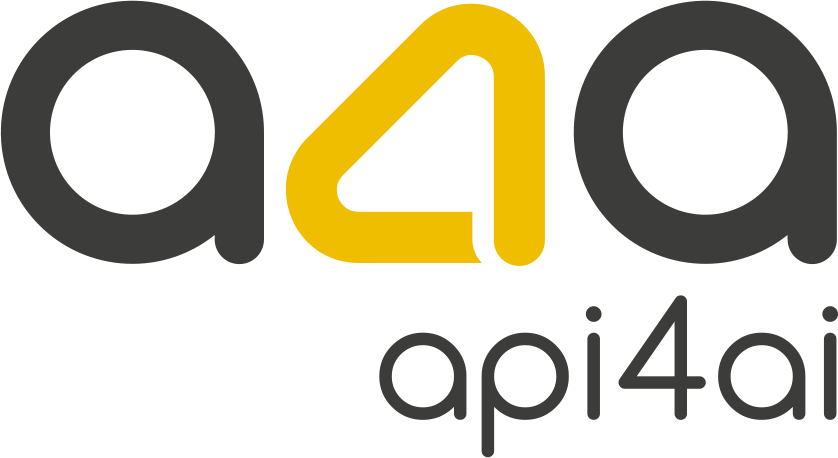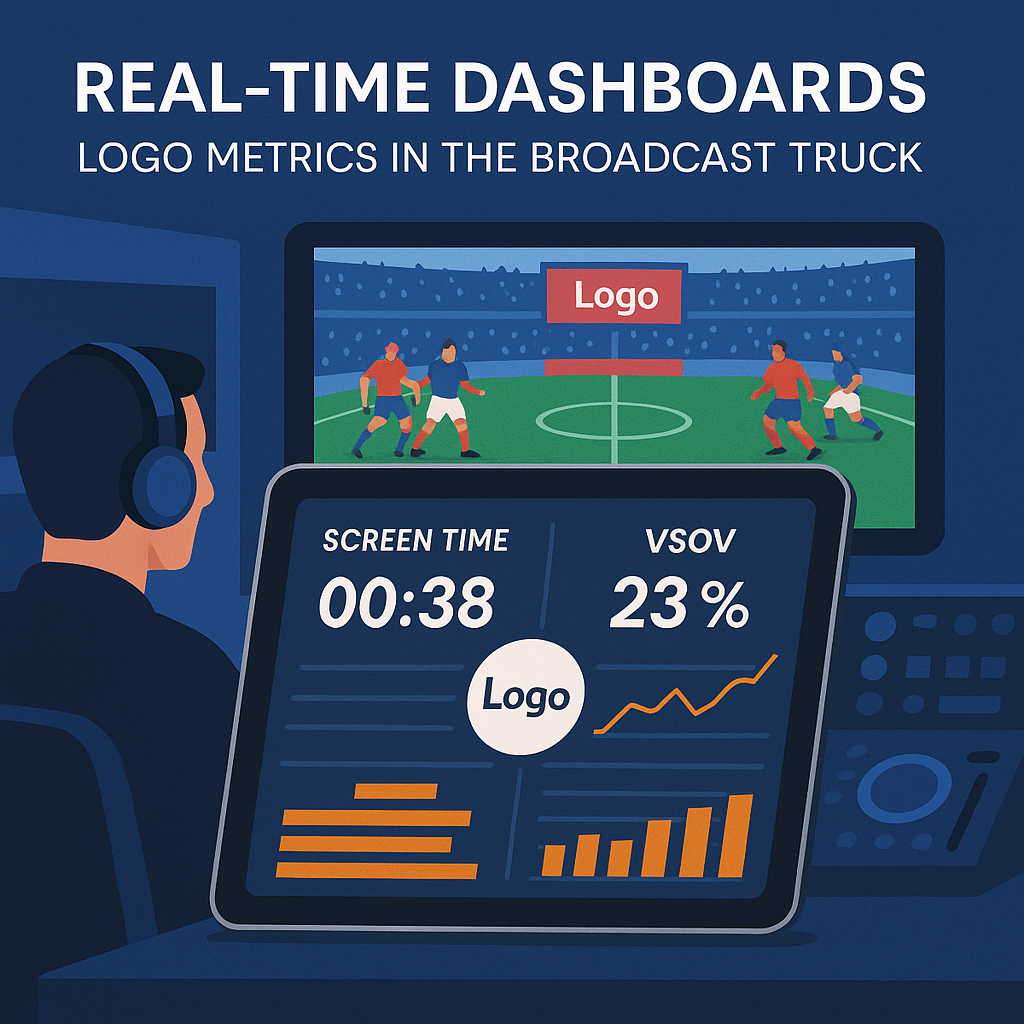
Real-Time Dashboards: Logo Metrics in the Broadcast Truck
Producers can’t optimize what they can’t see. This post shows how real-time dashboards in the broadcast truck turn sponsorship from a next-day report into a live, revenue lever. Using low-latency, edge-AI pipelines, we push Screen Timeand visual Share of Voice (vSOV) to tablets in under two seconds — so directors can rebalance LED rotations, cue lower-thirds, and protect rate cards during the game. You’ll get an executive blueprint for the on-truck architecture, the quality-weighted metrics that stand up in negotiations, and a pragmatic build-vs-buy path that combines ready services — such as a Brand Recognition API — with targeted customization. The outcome: fewer make-goods, stronger auditability, and mid-game yield management that compounds across a season.
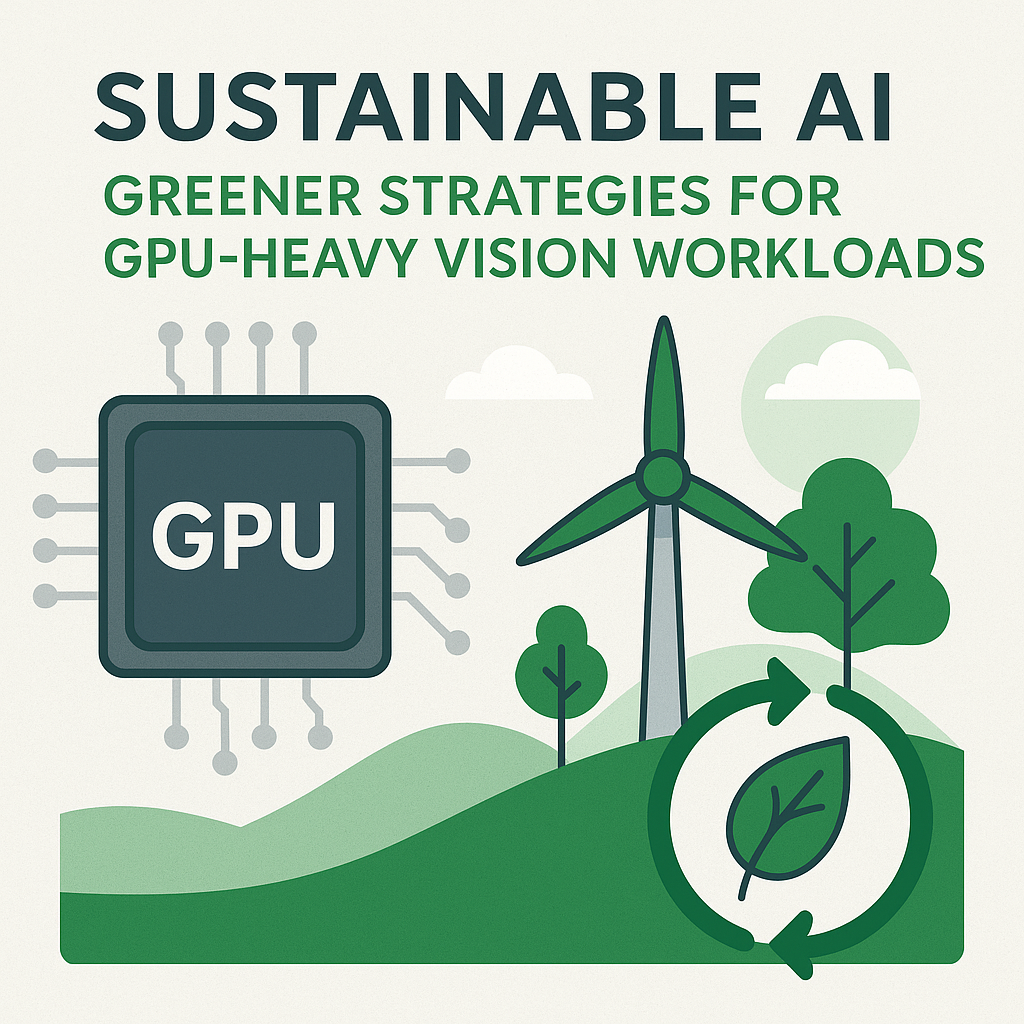
Sustainable AI: Greener Strategies for GPU-Heavy Vision Workloads
As computer vision becomes central to AI-powered innovation, the hidden costs of GPU-heavy workloads are coming into sharper focus. Beyond high cloud bills, these models carry a growing carbon footprint — posing risks to both ESG goals and operational efficiency. In this blog post, we explore actionable strategies for building greener, leaner vision systems. From smarter model architectures and efficient data pipelines to edge deployment and ready-to-use APIs, C-level executives will discover how to cut emissions, reduce costs, and future-proof their AI investments without compromising performance.
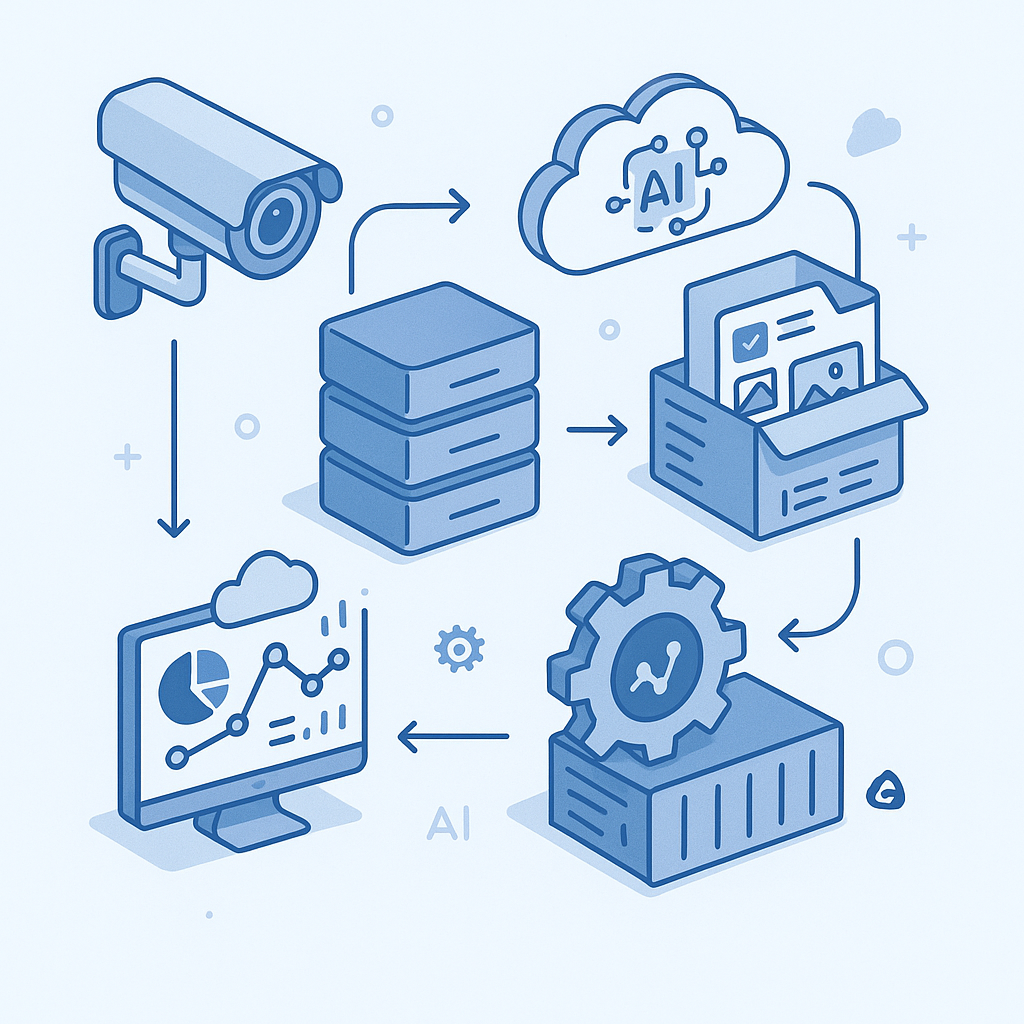
MLOps for Computer Vision: Automating the Model Lifecycle
As computer vision moves from experimental to essential, enterprises face a critical challenge: how to scale and maintain AI models in dynamic, real-world environments. Manual workflows can’t keep up. MLOps — the automation of the machine learning lifecycle — is becoming the key to unlocking long-term value from visual AI. In this post, we explore how modern MLOps frameworks help organizations accelerate deployment, reduce operational risk, and turn AI into a sustainable competitive advantage. From prebuilt APIs to self-healing pipelines, discover how to future-proof your vision strategy.

Federated Learning in Vision: Training Models Without Sharing Data
In a world where data privacy is both a legal requirement and a competitive differentiator, federated learning is emerging as a game-changer for computer vision. It allows organizations to train AI models across decentralized image data — without ever moving or exposing sensitive files. From retail shelf analytics and medical imaging to defect detection and autonomous driving, this privacy-first approach is enabling faster, safer innovation. In this post, we explore how federated learning works, where it’s delivering real ROI, and how C-level leaders can adopt it using a blend of ready-made APIs and custom solutions to stay ahead in the AI race.
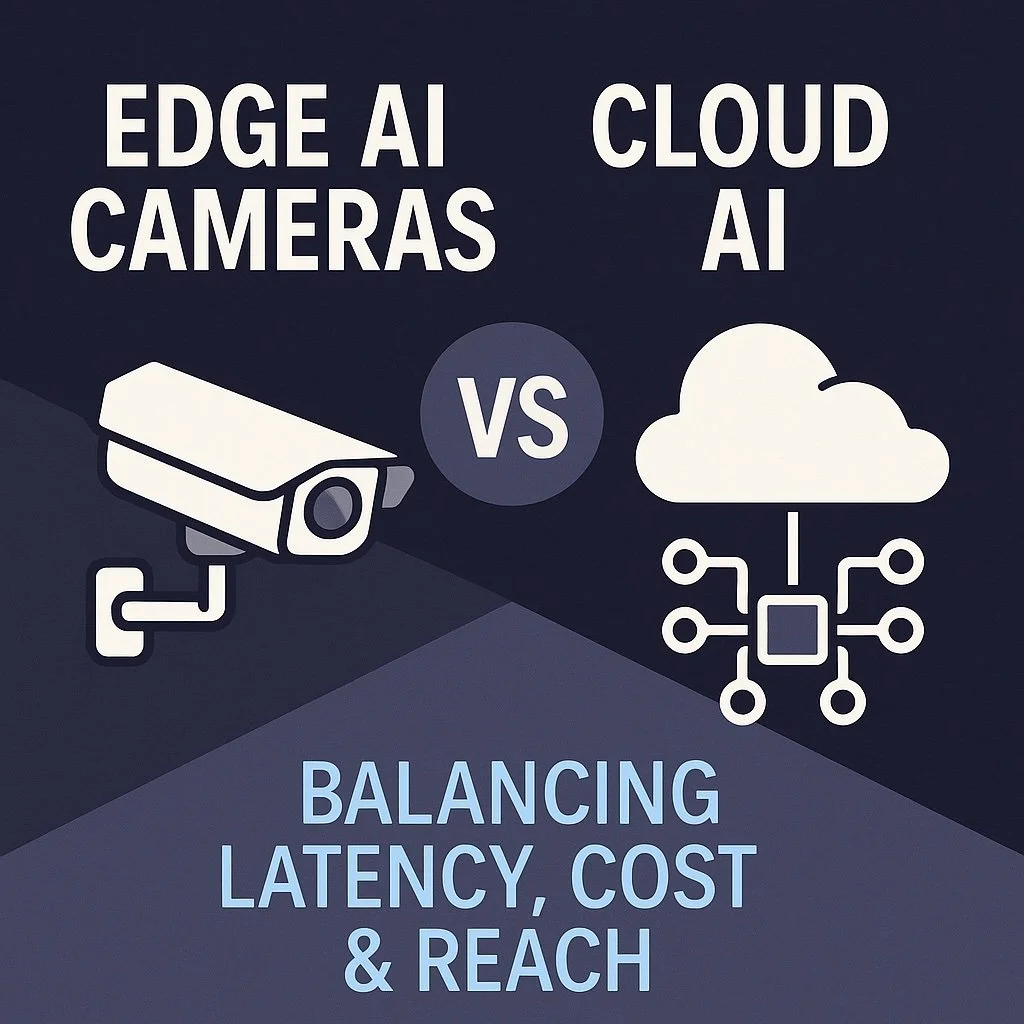
Edge AI Cameras vs Cloud: Balancing Latency, Cost & Reach
As AI becomes deeply embedded in everyday business operations, the debate between edge AI cameras and cloud-based processing is no longer limited to IT teams — it’s a strategic choice for the entire leadership. This post explores how to balance latency, cost, compliance, and scalability in real-world scenarios, offering C-level executives a clear framework for navigating AI deployment. Discover why hybrid architectures are emerging as the dominant model and how ready-to-use APIs for image labeling, OCR, logo recognition, and anonymization can accelerate your roadmap while controlling costs.
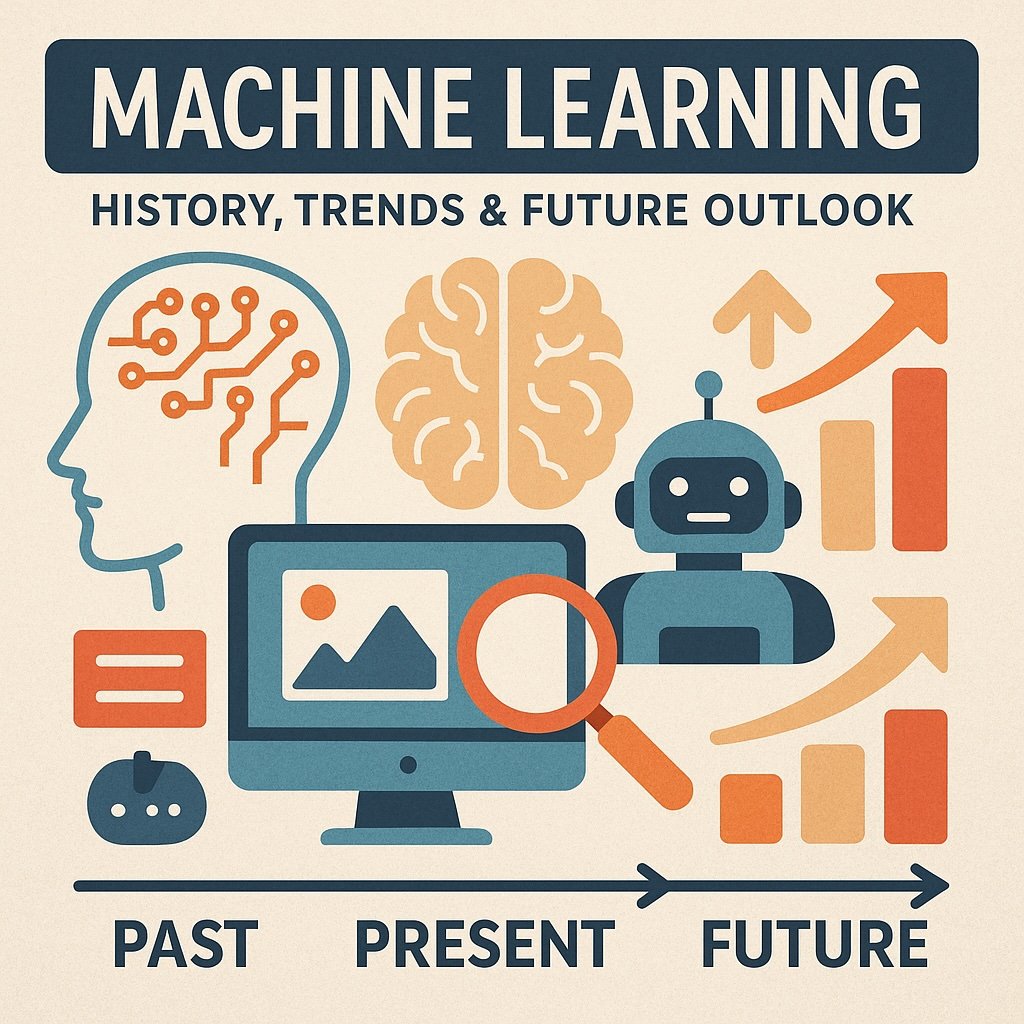
Machine Learning: History, Trends & Future Outlook
Machine learning has transformed from a niche academic field into a practical tool that powers everyday technologies — especially in image processing. From OCR and object detection to face recognition and visual content moderation, ML-driven vision APIs are helping businesses streamline operations, enhance user experiences, and meet regulatory demands. This blog post explores the history of machine learning, key trends shaping 2025, and how companies can strategically use pre-built APIs or invest in custom solutions to stay ahead. Whether you're just starting or scaling your AI capabilities, understanding this evolving landscape is key to making smarter decisions.

Employee Safety Audits Powered by Smart Cameras
Smart cameras are transforming workplace safety by automatically detecting missing hard hats, high-vis vests, and other PPE in real time. Instead of relying on manual checks, AI-powered systems quietly monitor compliance, alerting supervisors only when something’s wrong. This leads to fewer accidents, lower fines, and stronger margins — all while generating data-rich insights that help companies improve safety practices across every shift.

MES Integration: Real-Time Defect Feeds to ERP
A faulty part spotted by an edge camera can now trigger an automated ERP work order in seconds — no clipboard, no delay. This post explores how AI vision systems, real-time JSON payloads and message queues like MQTT or Kafka are transforming factory quality control into a seamless, self-correcting loop. Learn how manufacturers are integrating MES and ERP layers to reduce scrap, boost uptime and enable smarter, faster production decisions.

Seamless Stadium Entry: Face ID for Ticketing
Biometric ticketing is changing the game — literally. Stadiums are swapping barcodes for face scans, clearing tens of thousands of fans in minutes while cutting fraud and friction. This post dives into how facial recognition streamlines stadium entry, from edge-powered turnstiles to privacy-first enrollment flows. Whether you’re planning a pilot or scaling to full capacity, here’s what it takes to keep the gates fast, secure and trusted.

Industrial Inspection: From Cloud to Factory Floor
From micro-cracks in steel to mislabeled food packaging, today’s production lines demand more than human eyes can handle. Modern industrial inspection is evolving — powered by rugged cameras, smart edge devices and AI models that go beyond pass/fail to deliver real-time, score-based insights. In this blog post, we explore how manufacturers are moving from cloud prototypes to factory-floor deployment, using vision systems that adapt, learn and scale. Whether you're launching your first pilot or optimizing a mature line, this guide maps out the steps toward zero-defect manufacturing.

Cloud vs Edge: Finding the Sweet Spot for Vision
Choosing between cloud, edge or hybrid for computer vision isn’t just about technology — it’s about finding the right balance between speed, cost and control. In this post, we break down the classic Latency–CapEx–Data Gravity triangle, walk through real-world break-even points and offer a practical roadmap from PoC to scalable deployment. Whether you’re tagging products, anonymizing faces, or automating inspections, this guide helps you make smarter architecture decisions — and hit the vision sweet spot in 2025 and beyond.
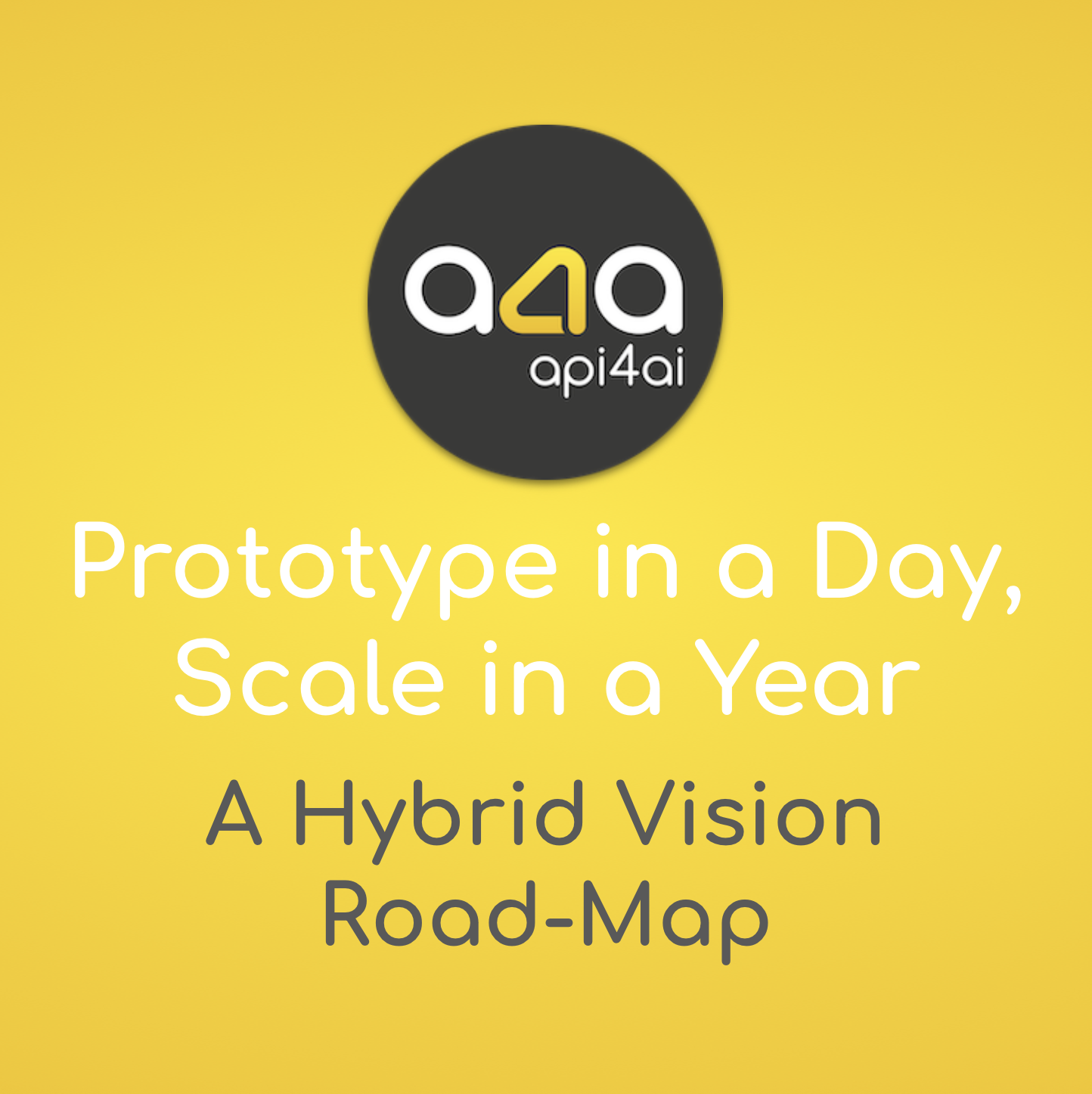
Prototype in a Day, Scale in a Year: A Hybrid Vision Road-Map
Computer vision is easier to start than ever — thanks to ready-made SaaS APIs that let teams build working prototypes in just hours. But what happens when those prototypes grow into high-traffic features, or when off-the-shelf models no longer meet performance, cost or accuracy demands? This blog post outlines a step-by-step, 12-month roadmap for scaling your vision AI stack — from your first API call to a fully containerized, GPU-powered infrastructure. Learn how to navigate the transition across three critical phases: the Day‑1 sandbox, the Month‑3 pilot, and the Month‑6 production rollout. Along the way, we break down key decision points, hybrid deployment strategies and tips for balancing fast results with long-term control. Whether you're experimenting with OCR, background removal or object detection, this guide helps you scale smart, reduce costs and prepare for growth.

Defect-Free in Industry 4.0: Vision APIs Catch Micro-Flaws
Micro-defects may be invisible to the human eye, but they can cripple quality, trigger recalls and silently drain profits. In this post, we explore how AI-powered Vision APIs are transforming industrial inspection — from semiconductors to textiles — by detecting flaws at sub-pixel accuracy. Learn how manufacturers can scale from pilot to plant-wide deployment, choosing between ready-to-use APIs and custom-tailored models and why smart visual inspection is the backbone of defect-free operations in Industry 4.0.

Edge AI Vision: Deep Learning on Tiny Devices
Edge AI Vision is transforming smartphones, drones and IoT cameras by bringing real-time image recognition and object detection directly onto tiny devices. In this guide, discover how lightweight architectures like MobileNet and YOLO Nano, combined with powerful techniques like pruning, quantization and knowledge distillation, make deep learning models fit and perform on limited hardware. Learn how to pick the right accelerators — from mobile GPUs to dedicated NPUs — and build a scalable deployment pipeline with on-device inference, OTA updates and cloud-edge synergy. Master the art of turning hardware constraints into strategic advantages and unlock the next wave of innovation with deep learning at the edge.
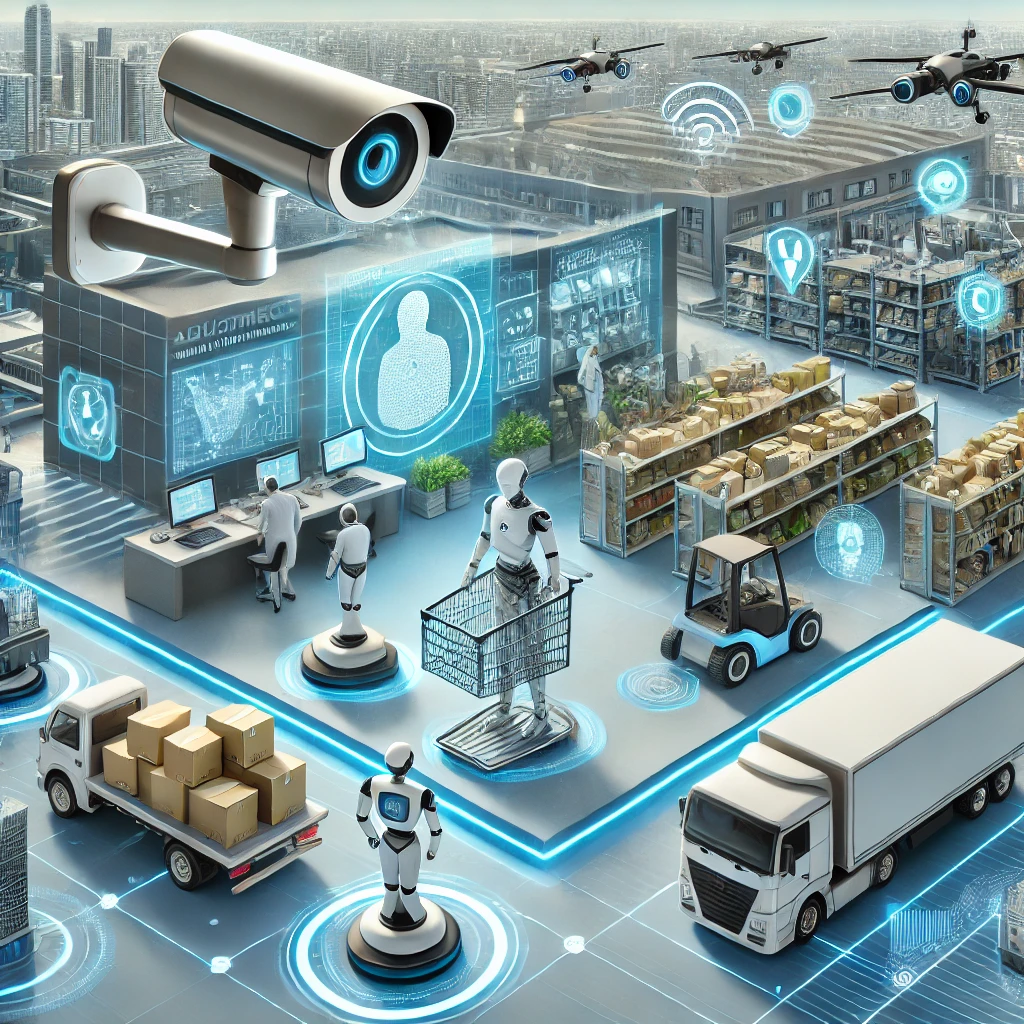
AI-Powered Object Detection API: Best Business Applications in 2025
As businesses increasingly rely on automation and data-driven decision-making, AI-powered object detection is emerging as a game-changing technology across industries. From real-time inventory tracking in retail to automated defect detection in manufacturing and AI-driven security systems, object detection APIs are streamlining operations, enhancing accuracy and unlocking new opportunities.
In this post, we explore the most impactful business applications of AI object detection in 2025, highlighting how companies can leverage off-the-shelf APIs for rapid deployment or invest in custom AI solutions for long-term competitive advantage. As AI continues to evolve, businesses that embrace this technology early will be positioned to lead in an increasingly digital economy.
Whether you're looking for a fast, scalable AI API or considering a tailored AI-powered solution, understanding the right integration strategy is key to maximizing ROI. Let's dive into how AI object detection is transforming industries and shaping the future of automation.
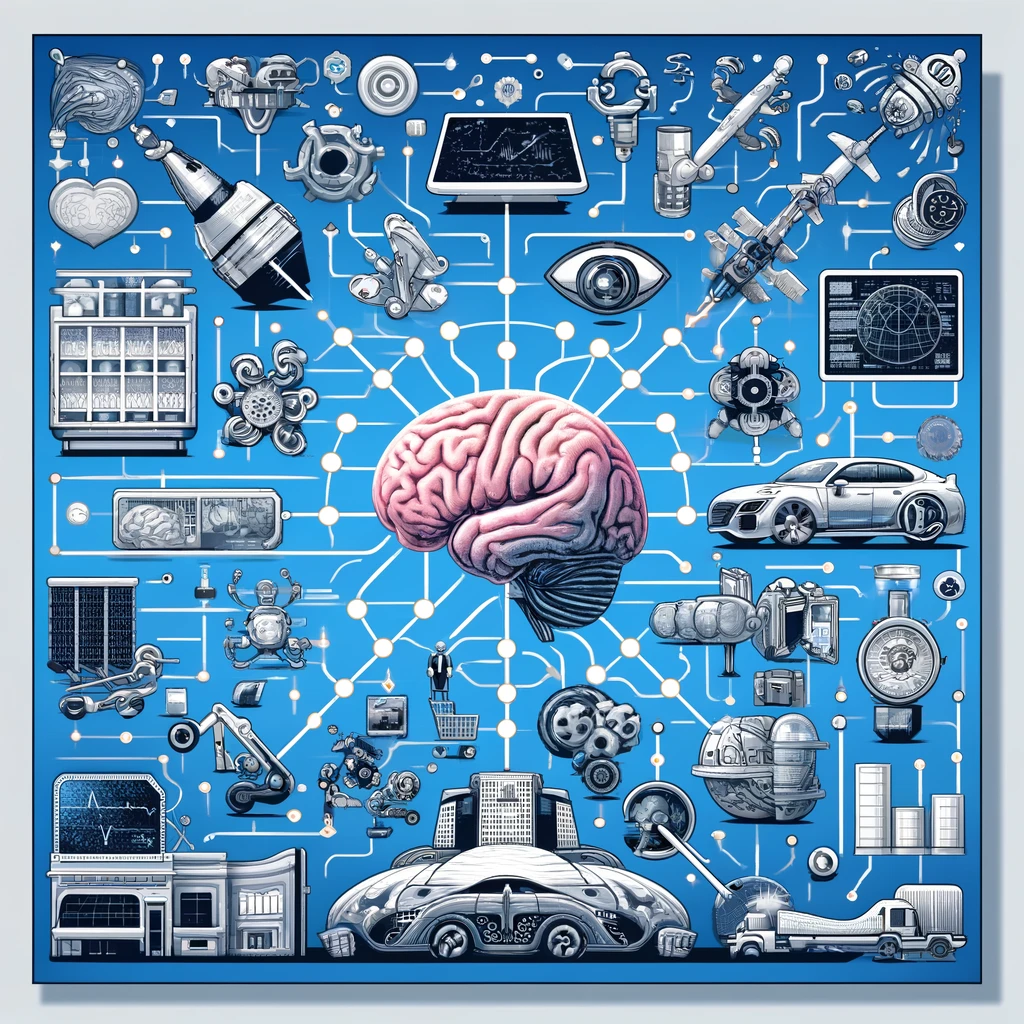
How Convolutional Neural Networks Transformed Industries Over the Past 10 Years
Over the last decade, Convolutional Neural Networks (CNNs) have revolutionized industries by transforming how businesses process visual data. From automating product recognition in retail to enhancing medical diagnostics in healthcare, CNNs have become the driving force behind modern image processing solutions. This blog post explores key breakthroughs in CNN technology, real-world applications across sectors and emerging trends like real-time edge processing and multimodal AI systems. As industries continue to evolve, adopting AI-powered image processing strategies is becoming essential for businesses to stay competitive, streamline operations and unlock new opportunities for growth.

AI for Security: How Image Processing APIs Improve Surveillance and Monitoring
AI-powered image processing APIs are transforming security and surveillance by enabling real-time monitoring, automating routine tasks, and enhancing accuracy. These technologies allow organizations to scale their surveillance systems efficiently, improve response times, and proactively manage security risks. From city surveillance and retail security to transport hubs and healthcare, AI-driven APIs offer cost-effective, scalable solutions that integrate seamlessly with existing infrastructure. As the future of surveillance evolves, these APIs will continue to play a crucial role in enhancing safety and security across industries.
